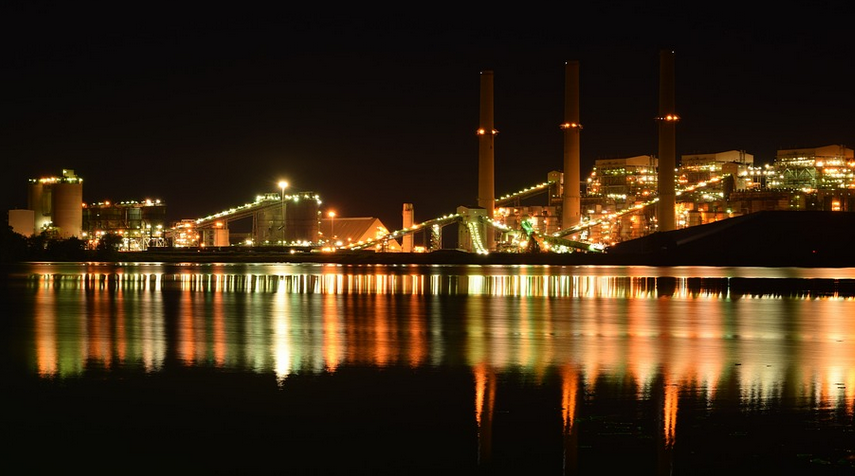What is Submerged Arc Welding (SAW)?
Submerged arc welding (SAW) stands out as a premier welding process known for its high productivity, versatility, and efficiency. This technique utilizes a continuous stream of flux-covered electrodes in conjunction with an arc that melts the base metal. The key difference between SAW and other welding processes lies in how the electrode interacts with the molten weld pool—the submerged arc provides a shielding environment against atmospheric contamination.
Understanding Submerged Arc Welding Flux
Submerged arc welding flux is integral to the success of the SAW process. It encompasses a carefully formulated mixture of materials designed specifically for this demanding application. These fluxes are crucial in protecting the weld pool from oxygen, moisture, and other atmospheric elements, fostering a clean and stable environment for efficient welding.
SAW flux plays a vital role during the welding process by creating a protective shield around the molten metal pool. This shield prevents contamination from harmful gases and influences the arc stability, which directly impacts weld quality and longevity. The composition of this flux varies depending on the specific application, with some common components including
- Base Material: This forms the foundation and provides a stable arc.
- Flux Powders: These are essential for shielding against atmospheric gases and moisture. The powder particles act as carriers of metal oxides that form a protective layer over the weld pool, effectively preventing oxidation and corrosion.
- Additives: These components enhance specific performance characteristics like temperature control, slag formation, and arc stability.
Key Components of Submerged Arc Welding Flux
The composition of submerged arc welding flux is a delicate balance of various ingredients. Let’s delve into the key elements that bring this intricate blend to life.
**1. Base Material:** The base material forms the backbone of the flux, providing structure and stability for the entire composition. *
Common examples include magnesium oxide (MgO), calcium fluoride (CaF2) and aluminum oxide (Al2O3). These materials contribute to the overall melting point and act as a shield against atmospheric elements.
**2. Flux Powders:** The heart of the flux lies in its powders, carefully selected for high melting points and excellent slag-forming properties. *
Typical examples include aluminum oxide (Al2O3), calcium fluoride (CaF2), magnesium oxide (MgO) and silicon dioxide (SiO2). These materials have a high melting point and react with the molten metal, forming a protective layer around the weld pool.
**3. Additives:** The final touch to the flux powder blend is the addition of various additives that enhance specific performance characteristics. *
Examples include: * **Phosphorous-based compounds** increase arc stability and reduce spatter formation. * **Sodium Chloride (NaCl)** helps with slag formation, ensuring a smooth weld bead. * **Iron Oxide (Fe2O3) & other oxides** enhance the slag’s strength and durability.
The Importance of Flux Selection
The type of flux used in SAW welding directly impacts the process. Each flux formulation is tailored to specific applications, each with its own strengths and weaknesses.
*
**For instance, high-current SAW electrodes require fluxes offering a higher melting point to withstand harsh electrical conditions. Conversely, low-current SAW processes might benefit from fluxes that focus on faster slag formation, resulting in faster welding speeds and reduced weld defects.
Advantages of Submerged Arc Welding Flux
SAW flux offers numerous benefits over traditional methods, making it a preferred choice for many applications. Let’s explore some key advantages:
*
**High Efficiency:** SAW welding fluxes significantly reduce the amount of shielding gas used compared to conventional methods, meaning less energy consumption and reduced material usage.
*
**Improved Weld Pool Control:** The flux creates a stable arc environment by controlling the heat transfer between the electrode and the weld pool. This promotes consistent weld quality with minimal defects.
*
**Reduced Spatter Formation:** By providing a controlled atmosphere, SAW fluxes minimize spatter formation, resulting in smoother welds and faster production times.
*
**Increased Weld Penetration:** The flux helps to control the heat input during welding, allowing for improved penetration and weld seam uniformity.
*
**Enhanced Corrosion Resistance:** The protective slag formed by the flux acts as a barrier against corrosive elements, preventing damage to the underlying materials exposed to harsh environments.
Challenges with Submerged Arc Welding Flux
While SAW flux offers numerous advantages, it also presents certain challenges. Let’s address some of these:
*
**Flux Selection:** Choosing the right flux for your specific application can be crucial to optimal performance. It requires careful consideration of environmental factors, welding parameters, and desired weld properties.
*
**Cost and Maintenance:** The cost and maintenance requirements associated with SAW flux should be carefully assessed. Factors like electrode replacement frequency, slag removal procedures, and overall process efficiency all contribute to the overall cost-effectiveness of the process.
Conclusion
Submerged arc welding flux plays a crucial role in achieving high-quality welds through efficient shielding and controlled heat transfer. Its careful selection and application directly impact the success and longevity of any SAW project. Understanding its unique properties and challenges allows welders to optimize their processes for enhanced productivity, efficiency, and weld quality.
